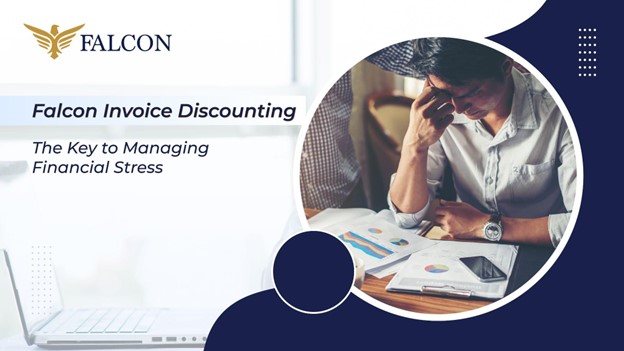
What is invoice discounting, and how can it help to make money?
The term "invoice discounting" refers to the method wherein a company's outstanding invoices are used as security for a loan. This outstanding sum might be thought of as money given out by a financing business. This type of discounting is a quick way to get money when you need it quickly.
The reason for this is that without a resolution, the financing business can adjust the value of the debt. That's what happens when the collateral accounts receivable amount changes. The financing company's loan amount is significantly lower than the total of the open accounts receivable. This accounts for the vast majority (80%) of all bills that are less than 90 days old.
This site provides in-depth information about Invoice discounting. As a general rule, invoice discounting accelerates the collection of payments from customers. The idea is to refrain from collecting payments from customers until well beyond their credit periods.
Once you send an invoice, you'll immediately get payment. As bank lending reaches its limit because of the financial crisis, invoice discounting has emerged as a key source of working capital borrowing. Banks prefer invoice financing because the unpaid invoices themselves serve as collateral for the loan.
This method may also be used as a reference for obtaining monetary loans for enterprises. With the help of invoice finance, businesses may restore cash flow, pay back employees and vendors, and reinvest in operations. If a company needs money quickly, it could turn to a factoring service, which charges a percentage of the invoice amount for its services.
When comparing invoice discounting vs invoice factoring, it's important to understand it
While both invoice discounting and invoice factoring can provide you with an advance on outstanding bills, they do it in different ways. When you work with a factoring business, they will purchase your outstanding bills at a discount, whereas invoice discounting is more akin to a return on investments. An apparently little distinction, yet one that bears emphasis.
To begin, factoring businesses usually handle credit management. To put it another way, they handle late-payment issues directly with your consumers so you don't have to. That's great if you don't want to worry about credit control, but it might hurt your company's reputation with consumers.
It is possible for invoice factoring to be non-recourse, meaning that if you sell an invoice to a factoring business and the client doesn't pay, you won't be responsible for repaying the factoring firm.
Although the rates for non-recourse factoring are greater, they may be worth it in some situations when the borrower needs financial security. For the most part, non-recourse invoice discounting is unavailable since invoice discounting is essentially a debt rather than a sale.
Before offering to acquire your bills discounting, invoice factoring providers will evaluate your clients' credit. To screen out prospective late or non-paying customers. Contrarily, in the case of invoice discounting, it is still your job to thoroughly verify clients.
Invoice factoring and discounting each have their own unique set of dangers. The lender takes on more potential loss with discounting than with factoring. This is why major corporations with consistent clients are the most common users of invoice discounting. Invoice factoring is more common among smaller businesses, not because it is preferable, but because it is easier to get.
How does invoice discounting help in earning money ?
Invoice discounting can help to earn a return on your investments done with good financial companies, and many invoice discounting companies provide good ROI and also many advantages of invoices.
A financial company offers its products or services to the market, where the buyer receives an invoice from the retailer and has up to 120 days to pay.
Afterwards, the invoice is forwarded by the company to a third party, often a finance company.
The finance company acquires the business's accounts receivable. The rate of the invoice value at which funds are made accessible is 80%.
After deducting the service charge, the remaining amount of the invoice is sent back to the company when the consumer pays.


















